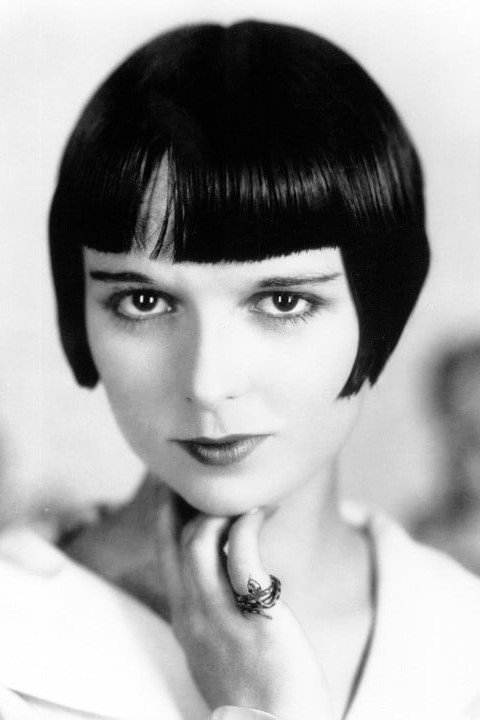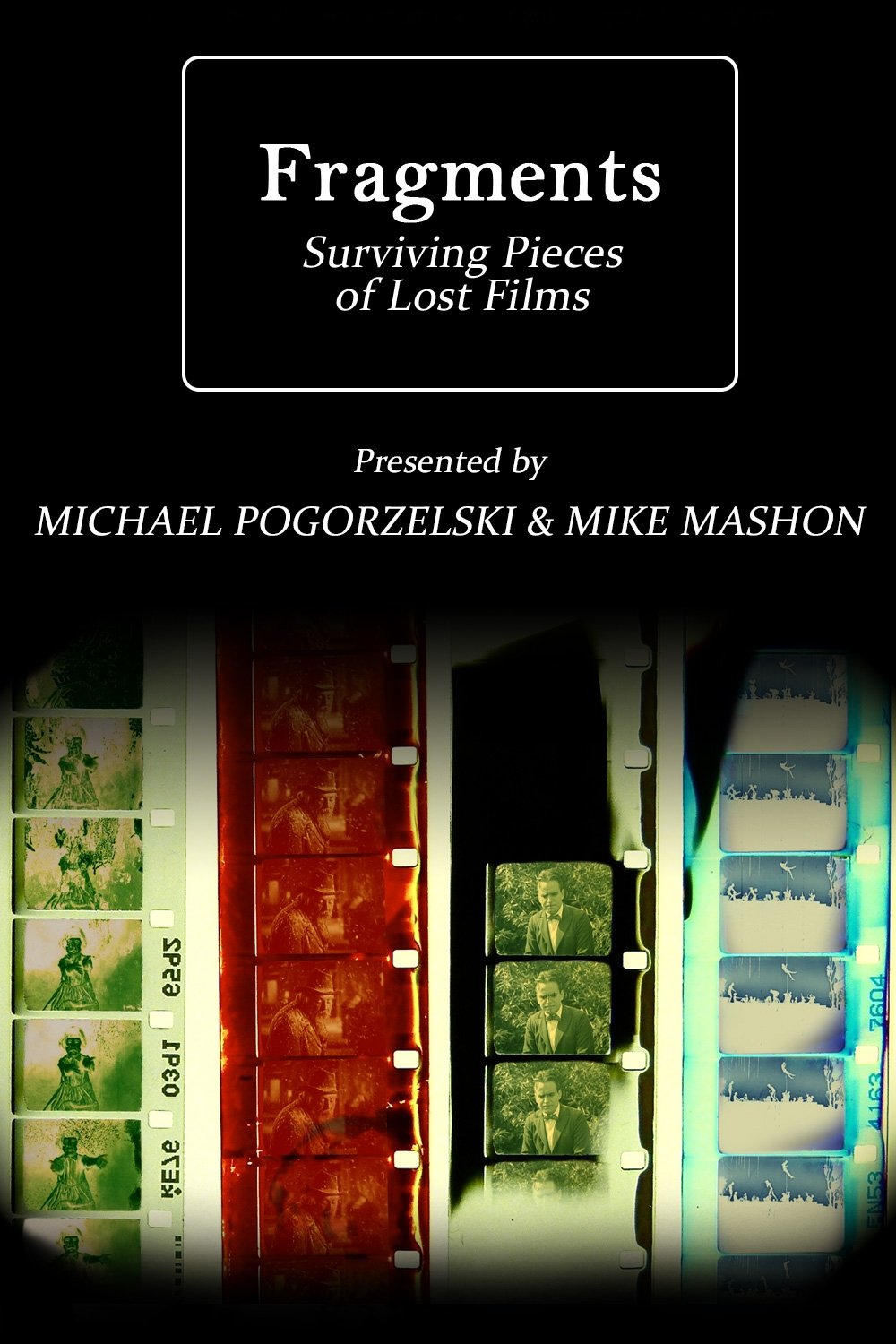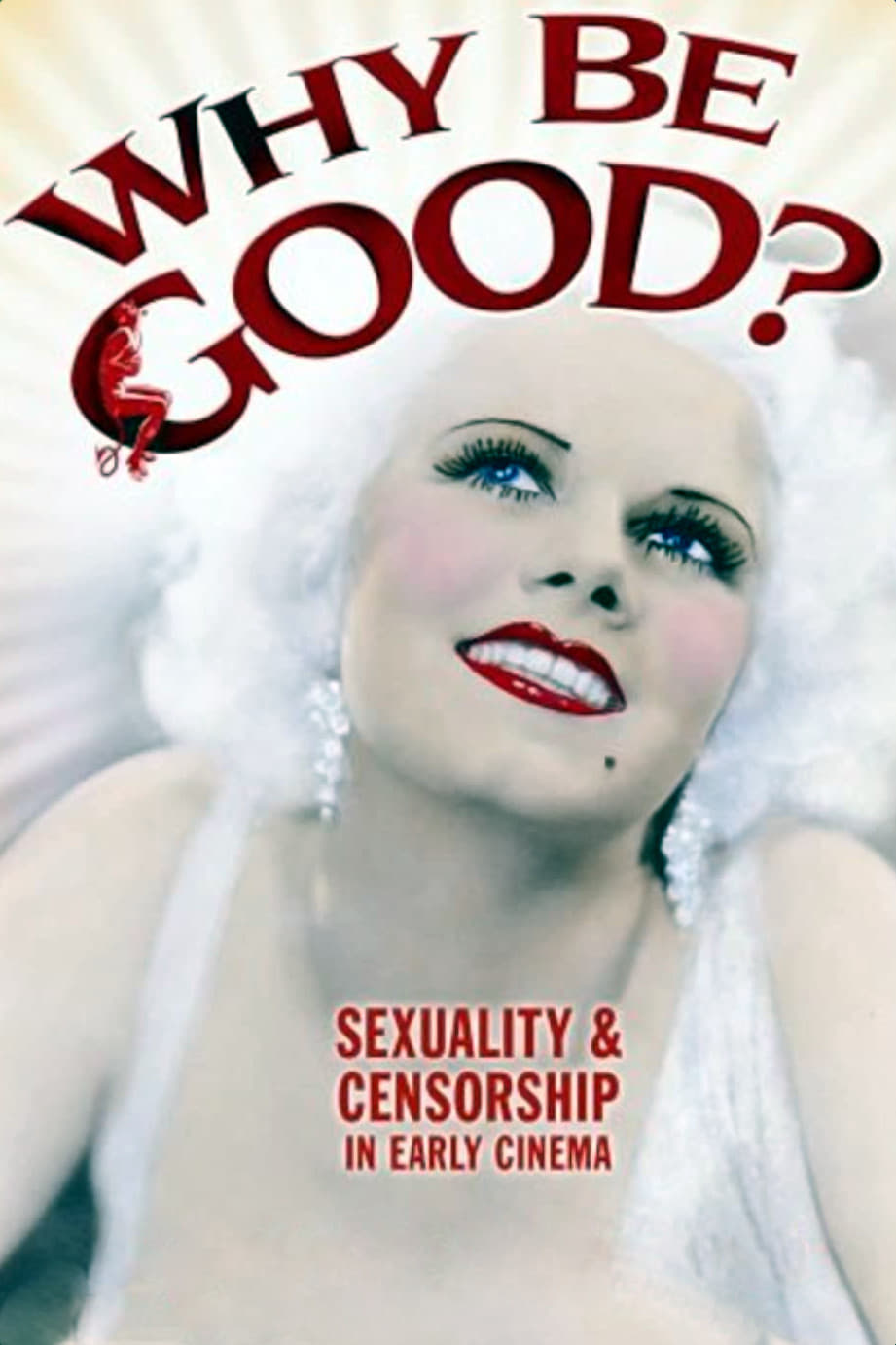

Among the pieces featured in Fragments are the final reel of John Ford's The Village Blacksmith (1922) and a glimpse at Emil Jannings in The Way of All Flesh (1927), the only Oscar®-winning performance in a lost film. Fragments also features clips from such lost films as Cleopatra (1917), starring Theda Bara; The Miracle Man (1919), with Lon Chaney; He Comes Up Smiling (1918), starring Douglas Fairbanks; an early lost sound film, Gold Diggers of Broadway (1929), filmed in early Technicolor, and the only color footage of silent star Clara Bow, Red Hair (1928). The program is rounded out with interviews of film preservationists involved in identifying and restoring these films. Also featured is a new interview with Diana Serra Cary, best known as "Baby Peggy", one of the major American child stars of the silent era, who discusses one of the featured fragments, Darling of New York (1923).
Explores the culture and characters of the Jazz Age through the decade's heroine, the flapper.

Before the G, PG and R ratings system there was the Production Code, and before that there was, well, nothing. This eye-opening documentary examines the rampant sexuality of early Hollywood through movie clips and reminiscences by stars of the era. Gloria Swanson, Mary Pickford, Marlene Dietrich and others relate tales of the artistic freedom that led to the draconian Production Code, which governed content from 1934 to 1968. Diane Lane narrates.

Documentary recounting the life story of Louise Brooks in 5 sections: "Lulu in Toe Shoes"; "Lulu in Hollywood"; "Lulu in Berlin"; "Lulu in Hell"; and "Resurrection".
An ode to film preservation, it presents a night-time visit to a seemingly depopulated repository (presumably the Royal Film Archive of Belgium), juxtaposing a series of images of observation, reconstruction, and projection using film fragments - from the hand-painted, altered image frames of Georges Méliès' Kingdom of the Fairies to the iconic image of Louise Brooks - to turn the archive into a temporal wonderland of novel discoveries, hidden treasure, re-awakened curiosity, and critical re-assessment.
Mary Louise Brooks (November 14, 1906 – August 8, 1985) was an American film actress and dancer during the 1920s and 1930s. She is regarded today as an icon of the Jazz Age and flapper culture, in part due to the bob hairstyle that she helped popularize during the prime of her career. Brooks began her career as a dancer. While dancing in the Ziegfeld Follies in New York City, she came to the attention of Walter Wanger, a producer at Paramount Pictures, and was signed to a five-year contract with the studio. She appeared in supporting roles in various Paramount films before taking the heroine's role in Beggars of Life (1928). Dissatisfied with her mediocre roles in Hollywood films, Brooks went to Germany in 1929 and starred in three feature films that launched her to international stardom: Pandora's Box (1929), Diary of a Lost Girl (1929), and Miss Europe (1930); the first two were directed by G. W. Pabst. By 1938, she had starred in seventeen silent films and eight sound films. After retiring from acting, she fell upon financial hardship and became a paid escort. For the next two decades, she struggled with alcoholism and suicidal tendencies. Following the rediscovery of her films by cinephiles in the 1950s, a reclusive Brooks began writing articles about her film career; her insightful essays drew considerable acclaim. She published her memoir, Lulu in Hollywood, in 1982. Three years later, she died of a heart attack at age 78. [preceding biography, edited, from Wikipedia]
By browsing this website, you accept our cookies policy.